-
 bitcoin
bitcoin $108221.513755 USD
-0.10% -
 ethereum
ethereum $3817.049350 USD
-1.16% -
 tether
tether $1.000184 USD
-0.03% -
 bnb
bnb $1081.373706 USD
1.55% -
 xrp
xrp $2.367284 USD
-2.30% -
 solana
solana $180.847708 USD
-3.07% -
 usd-coin
usd-coin $0.999936 USD
0.00% -
 tron
tron $0.322230 USD
-0.06% -
 dogecoin
dogecoin $0.190590 USD
-1.92% -
 cardano
cardano $0.626657 USD
-2.42% -
 hyperliquid
hyperliquid $37.280123 USD
6.15% -
 chainlink
chainlink $17.222315 USD
-2.46% -
 ethena-usde
ethena-usde $0.999312 USD
-0.03% -
 stellar
stellar $0.309699 USD
-0.98% -
 bitcoin-cash
bitcoin-cash $475.445788 USD
-1.02%
What is a whitepaper in the context of a crypto project?
A crypto whitepaper outlines a project’s problem, solution, technology, and tokenomics to build trust with investors and developers.
Aug 10, 2025 at 03:07 pm
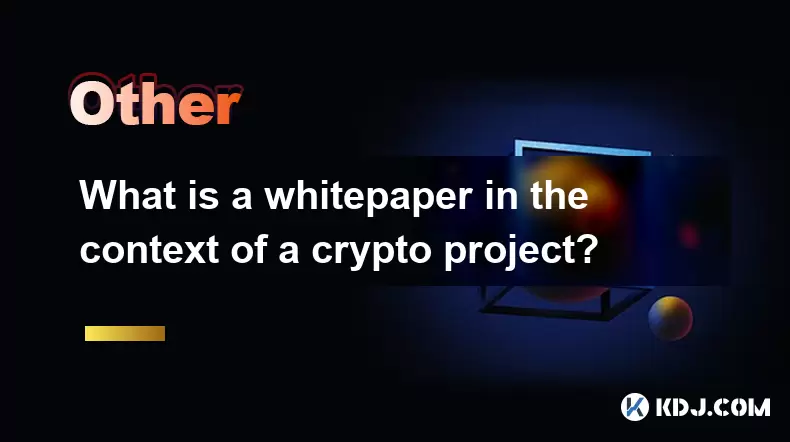
Understanding the Purpose of a Crypto Whitepaper
A whitepaper in the context of a cryptocurrency project is a comprehensive document that outlines the technical, economic, and strategic framework behind a blockchain-based initiative. It serves as the foundational blueprint that introduces the project to potential investors, developers, and users. The primary goal of a whitepaper is to clearly communicate the problem the project aims to solve, the proposed technological solution, and how the associated cryptocurrency or token functions within the ecosystem. A well-structured whitepaper builds credibility and transparency, helping stakeholders evaluate the project’s feasibility and long-term vision.
The document typically begins with an executive summary, followed by detailed sections on the technology, tokenomics, use cases, and development roadmap. The inclusion of peer-reviewed cryptographic methods or consensus mechanisms is common, especially in projects that introduce novel blockchain architectures. For instance, if a project uses a unique proof-of-stake variant, the whitepaper will describe its algorithm, security model, and energy efficiency in technical depth.
Key Components of a Cryptocurrency Whitepaper
A standard crypto whitepaper contains several essential elements that ensure clarity and completeness. These include:
Problem Statement: This section identifies the real-world issue the project intends to address. It often critiques existing systems, such as centralized financial institutions or inefficient cross-border payment networks, and highlights their limitations.
Proposed Solution: Here, the project explains how its blockchain or decentralized application (dApp) resolves the identified problem. The explanation may include diagrams of the network architecture or data flow.
Technology Overview: This part details the underlying blockchain technology. It may discuss consensus mechanisms like Proof of Stake (PoS), sharding techniques, or layer-2 scaling solutions such as rollups.
Tokenomics: This section is critical and covers the distribution of tokens, supply caps, emission schedules, and utility. For example, it specifies whether the token is used for governance, staking rewards, or transaction fees.
Roadmap and Team: A timeline of development milestones and bios of core team members are included to establish trust and accountability.
Each of these components must be precise and logically connected to form a cohesive narrative.
Differentiating Between Whitepapers and Litepapers
While both documents describe a crypto project, a litepaper is a condensed version of the whitepaper, designed for broader audiences. Unlike the full whitepaper, which may exceed 30 pages with technical jargon, a litepaper usually spans 5 to 10 pages and emphasizes visuals, simplified explanations, and marketing points. It is ideal for newcomers who need a quick overview without diving into cryptographic proofs or economic models.
Projects often release a litepaper first to generate early interest, followed by the full whitepaper for in-depth scrutiny. The litepaper may omit complex sections like cryptographic signatures or formal verification processes, focusing instead on user benefits and ecosystem growth. However, serious investors and developers typically rely on the full whitepaper to assess technical robustness and long-term sustainability.
How to Read and Analyze a Crypto Whitepaper
Reading a whitepaper effectively requires a structured approach. Start by identifying the problem and evaluating whether it is significant and underserved. Next, assess the solution’s originality—does it offer a genuine improvement over existing systems, or is it a rebranded version of known technology?
Pay close attention to the token distribution model. Be cautious if a large percentage of tokens is allocated to the founding team or private investors with short lock-up periods, as this may indicate potential sell pressure. Look for transparency in vesting schedules and public sale allocations.
Evaluate the technical depth. A credible whitepaper includes specific details such as block time, transaction throughput, and interoperability protocols. Vague statements like “uses advanced blockchain technology” without elaboration are red flags.
Also, verify the team’s background. Check if members have prior experience in blockchain development, cryptography, or relevant industries. Anonymous teams increase the risk of scams, especially if the whitepaper lacks technical substance.
Common Pitfalls and Red Flags in Crypto Whitepapers
Not all whitepapers are created equal. Some contain misleading information or intentionally obscure details to attract investment. One major red flag is the absence of a clear use case for the token. If the document fails to explain why the project needs its own cryptocurrency, it may be a sign of an unnecessary token issuance.
Another warning sign is overreliance on buzzwords such as “decentralized,” “AI-powered,” or “metaverse” without technical justification. Projects that claim to revolutionize entire industries overnight, especially without a prototype or testnet, should be approached with skepticism.
Plagiarism is another serious issue. Some fraudulent projects copy large sections from legitimate whitepapers, such as Bitcoin’s or Ethereum’s, and replace names and details. Always cross-check technical descriptions and diagrams for originality.
Additionally, if the roadmap lacks specific milestones or uses vague timelines like “Q3 2025” without deliverables, it suggests poor planning. A credible roadmap includes testnet launches, mainnet deployment, and integration partnerships with measurable outcomes.
How to Access and Verify a Project’s Whitepaper
Most legitimate crypto projects host their whitepaper on the official website, typically in the “Resources” or “Docs” section. Ensure you are downloading the document from the authentic domain to avoid phishing sites or tampered versions. Look for SSL encryption (https://) and check for social media verification links.
Some projects publish their whitepapers on platforms like GitHub, where community members can review the document’s version history and contributions. This openness enhances trust and allows for public scrutiny.
After downloading, verify the document’s integrity. Check for digital signatures if provided, and compare the content with announcements on official channels like Telegram, X (formerly Twitter), or Discord. If discrepancies exist between the whitepaper and public statements, further investigation is warranted.
Frequently Asked Questions
What should I do if a crypto project doesn’t have a whitepaper?The absence of a whitepaper is a significant concern. It suggests a lack of transparency or planning. You should avoid investing unless the project provides alternative documentation, such as a detailed GitHub repository or technical blog posts that explain its architecture and goals.
Can a whitepaper be updated after release?Yes, whitepapers can be revised to reflect changes in technology, tokenomics, or roadmap. Reputable projects announce updates publicly and maintain version control. Always check the document’s revision history and compare it with previous versions to understand what has changed.
Is the whitepaper legally binding?No, a whitepaper is not a legal contract. It is an informational document and does not guarantee project outcomes or investor returns. Regulatory bodies like the SEC may scrutinize whitepapers if they contain promises of profit, which could classify the token as a security.
How do I report a plagiarized crypto whitepaper?You can report suspected plagiarism to blockchain analysis platforms like CertiK or Immunefi, or post evidence on community forums such as Reddit’s r/CryptoCurrency. Some projects also offer bug bounties for identifying critical issues, including intellectual property theft.
Disclaimer:info@kdj.com
The information provided is not trading advice. kdj.com does not assume any responsibility for any investments made based on the information provided in this article. Cryptocurrencies are highly volatile and it is highly recommended that you invest with caution after thorough research!
If you believe that the content used on this website infringes your copyright, please contact us immediately (info@kdj.com) and we will delete it promptly.
- Essex Post Office, 5p Coins, and King Charles: A Royal Mint Revelation!
- 2025-10-23 10:30:16
- Waymo's Newark Airport AV Tests: Alphabet's AI Gamble Pays Off?
- 2025-10-23 10:30:16
- King Charles 5p Coins: A Royal Flush in Your Pocket?
- 2025-10-23 10:35:18
- Solana, Crypto Advisory, and Forward Industries: A New York Minute on the Future of Finance
- 2025-10-23 08:51:22
- MAGACOIN: Ethereum Whales Dive into the Hottest Presale of 2025
- 2025-10-23 08:51:22
- Kadena's End of the Road? KDA Token Plummets Amid Project Abandonment
- 2025-10-23 08:55:34
Related knowledge
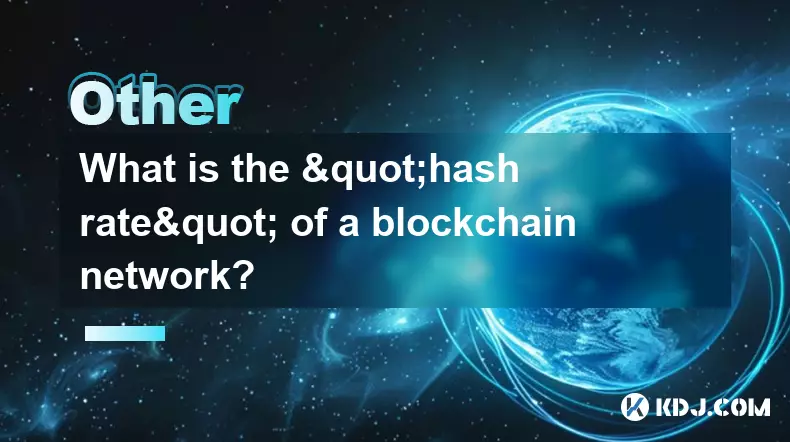
What is the "hash rate" of a blockchain network?
Oct 10,2025 at 03:55pm
Understanding Hash Rate in Blockchain Networks1. The hash rate refers to the total computational power being used to process transactions and mine new...
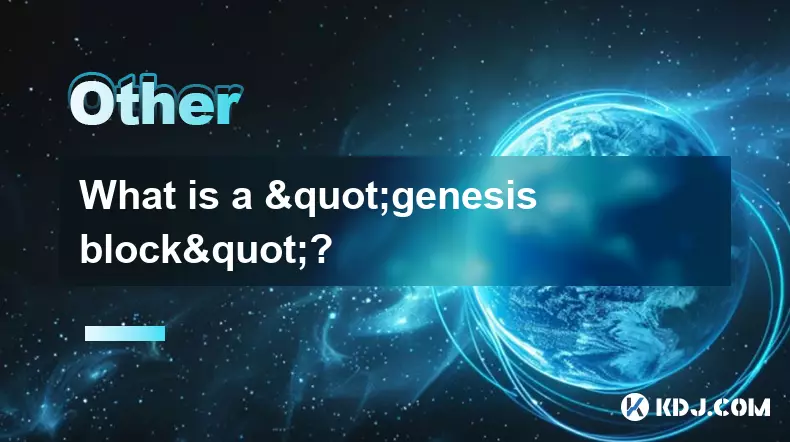
What is a "genesis block"?
Oct 15,2025 at 07:55pm
Understanding the Genesis Block in CryptocurrencyThe genesis block is the very first block in a blockchain network. It serves as the foundation upon w...
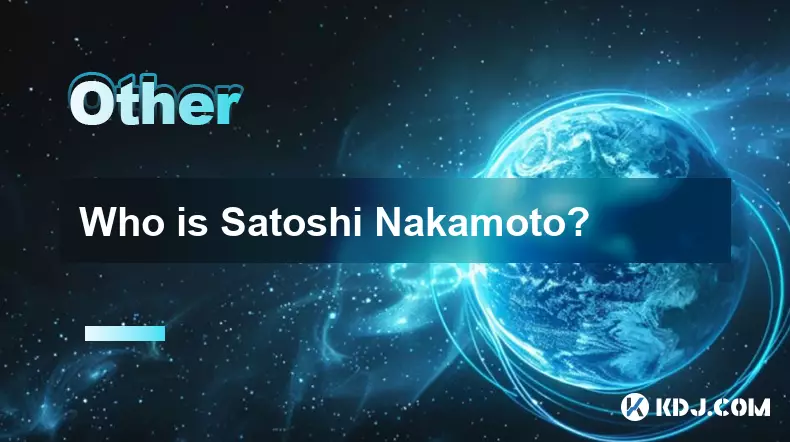
Who is Satoshi Nakamoto?
Oct 15,2025 at 01:01pm
Who is Satoshi Nakamoto?1. Satoshi Nakamoto is the pseudonymous individual or group credited with creating Bitcoin, the first decentralized cryptocurr...

How does blockchain technology actually work?
Oct 11,2025 at 02:36pm
Understanding the Core Mechanism of Blockchain1. At its foundation, blockchain is a decentralized digital ledger that records transactions across mult...

What is a token economy?
Sep 20,2025 at 12:18am
Understanding the Foundations of a Token Economy1. A token economy in the context of cryptocurrency refers to a system where digital tokens are used a...
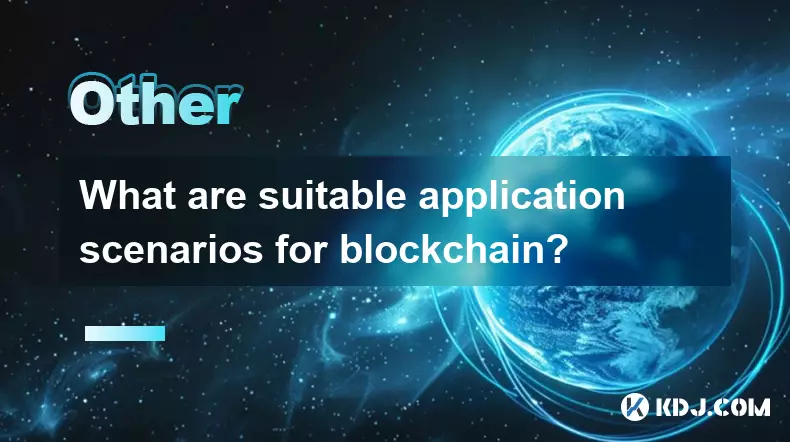
What are suitable application scenarios for blockchain?
Sep 20,2025 at 03:19am
Decentralized Finance (DeFi) Platforms1. Blockchain enables the creation of financial services without centralized intermediaries, allowing users to l...

What is the "hash rate" of a blockchain network?
Oct 10,2025 at 03:55pm
Understanding Hash Rate in Blockchain Networks1. The hash rate refers to the total computational power being used to process transactions and mine new...

What is a "genesis block"?
Oct 15,2025 at 07:55pm
Understanding the Genesis Block in CryptocurrencyThe genesis block is the very first block in a blockchain network. It serves as the foundation upon w...

Who is Satoshi Nakamoto?
Oct 15,2025 at 01:01pm
Who is Satoshi Nakamoto?1. Satoshi Nakamoto is the pseudonymous individual or group credited with creating Bitcoin, the first decentralized cryptocurr...

How does blockchain technology actually work?
Oct 11,2025 at 02:36pm
Understanding the Core Mechanism of Blockchain1. At its foundation, blockchain is a decentralized digital ledger that records transactions across mult...

What is a token economy?
Sep 20,2025 at 12:18am
Understanding the Foundations of a Token Economy1. A token economy in the context of cryptocurrency refers to a system where digital tokens are used a...

What are suitable application scenarios for blockchain?
Sep 20,2025 at 03:19am
Decentralized Finance (DeFi) Platforms1. Blockchain enables the creation of financial services without centralized intermediaries, allowing users to l...
See all articles










































































